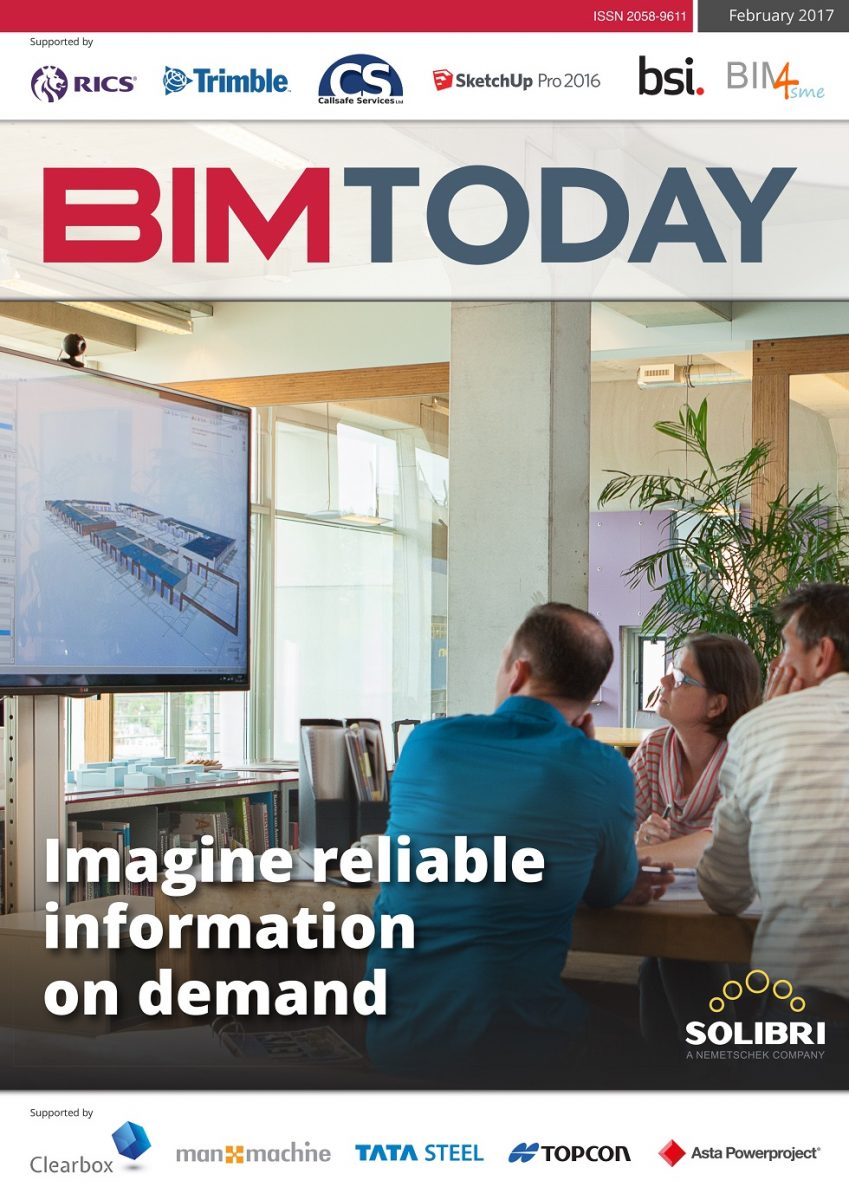Welcome to the first BIM Today edition of 2017, where we get in-depth about product data, COBie, and all things BIM related.
We kick off proceedings with Carl Collins, CIBSE Digital Engineering Consultant, who explains how the new BIMHawk website will speed up the development, dissemination and adoption of standardised product data. It will enable building services product manufacturers to freely create, manage and integrate Product Data Templates and Product Data Sheets using a set of pre-defined industry-recognised parameters. Consistency of product information is a key requirement within the industry and BIMHawk should see PDTs delivering tangible benefits from digital information exchange.
I would urge everyone to read the article from Paul Oakley, Director BIM at BRE. He talks about the cost of COBie for the UK (is it £185,000,000?) and the challenges associated with utilising the schema. In the article he argues that we need to go back to the basics of “beginning with the end in mind”. What information do we need to make 33% savings, who is going to provide it, and what format do they need it in?
Echoing the ongoing challenges of COBie, Mike Packham asks what value BIM/Soft Landings can offer the sector. He highlights that we have the possibility of different versions of the BIM truth emerging as a result of the way that individual software providers are interpreting the requirements of COBie. The danger is that as a result of the lack of clarity about how COBie is to be applied, each application will effectively represent a bespoke solution.
We also have an article from PCSG’s Senior BIM Consultant and author of the recent CPA report on the Future for Construction Product Manufacturing, Steve Thompson, who explains how digitalisation is “opening up opportunities for a more circular economy approach.” He argues that a “digitallyenabled supply chain delivers products and systems that can be re-used, re-distributed, re-manufactured and re-cycled over an asset’s life. The more standard this approach becomes the easier it will be to re-use design assets, across the UK and internationally and achieve carbon savings for one of the world’s most resource-hungry industries.”
Karl Redmond, Director for EDB Architects and Lead Consultants, also writes for this edition. In his article, he discusses the Smart Asset Management (SAM) project. Supported by the IoT and preceded by an understanding of BIM and NEC3, it aims to provide greater certainty regarding capital and operational expenditure as well as ongoing asset measurement, performance refinements and component evaluation. It will help with procurement times, inventory management and many more key issues facing the many sectors dealing with estates and facilities management.
As ever, I’ve run out of room to mention everyone who has contributed to this edition, but my thanks go to you all. Don’t forget to get in touch with any comments, ideas for future editions, or for a general chat about all things BIM.



